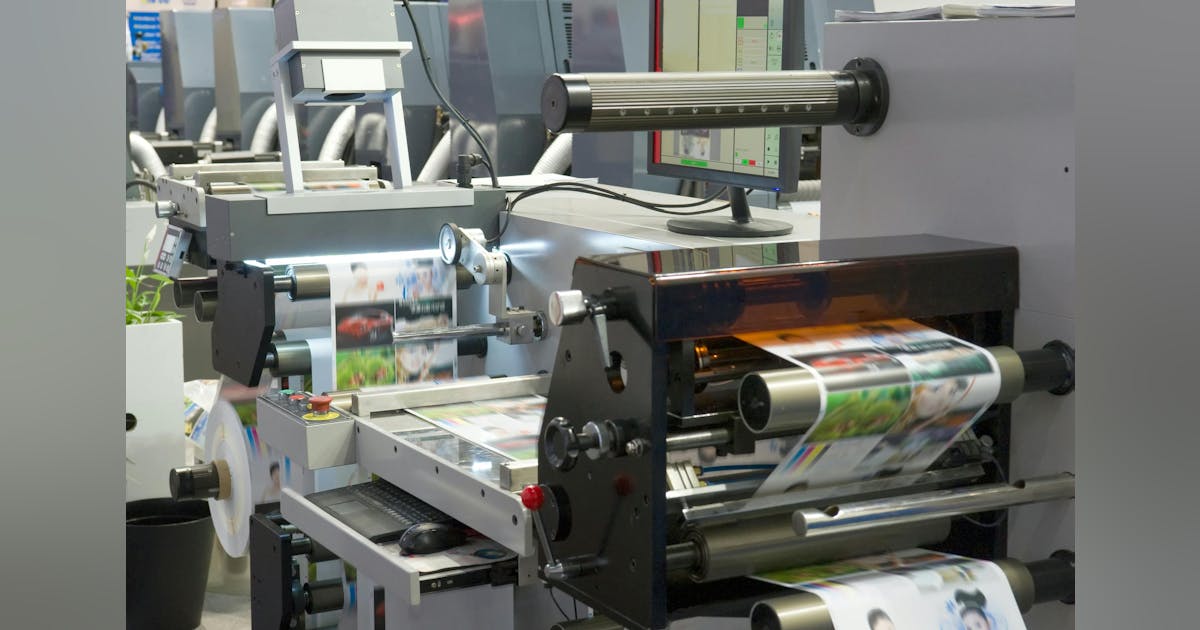The IoT printing workflow is transforming the landscape of printing technology by lending sophistication and connectivity to conventional printing devices. As businesses continue to modernize, the demand for smart, efficient, and interconnected systems grows. The fusion of Internet of Things (IoT) with printing technology exemplifies a step forward in achieving streamlined operations and robust connectivity.
This article delves into the fascinating world of IoT printing workflows, exploring how this remarkable technological advancement can impact business practices and improve overall efficiency. But first, let us understand what the IoT printing workflow entails and how it can change the heartbeat of the printing industry.

Understanding IoT Printing Workflow
The integration of IoT into printing workflows involves embedding sensors and connectivity features into printers to allow for seamless communication and control. For businesses, this translates to smarter prints, automated troubleshooting, and real-time data capabilities. The potential of this innovation is vast, impacting everything from cost efficiency to environmental sustainability.
Key Features of IoT Printing Workflow
- Real-time monitoring: IoT-enabled printers can offer continuous status updates, helping businesses track performance and resource usage.
- Automated maintenance: Predictive analytics help in anticipating issues before they occur, leading to reduced downtimes.
- Connectivity: IoT establishes a web of interconnected printing devices, enabling centralized management and coordinated printing tasks.
Benefits of IoT in Printing Technology
Integrating IoT with printing solutions offers numerous benefits that enhance operational effectiveness and reliability. Here are some notable advantages:
1. Enhanced Cost Efficiency
IoT technology optimizes resource use, reducing wastage of ink and paper. Businesses can save significantly on printing costs while maintaining high-quality print outputs.
2. Environmentally Friendly Operations
The precise resource management facilitated by IoT enables greener operations, minimizing the ecological footprint of printing activities.
3. Improved Operational Efficiency
With interconnected systems, managing and executing printing tasks becomes streamlined, resulting in faster and more reliable workflows.
Learn more about how intelligent printing systems are shaping the future of print management.
How IoT Printing Workflow Transforms Business Practices
Businesses are the prime beneficiaries of the IoT printing workflow, as it provides them with tools for more intelligent and efficient operations.
Data-Driven Decision Making
Analytics gathered from IoT sensors incorporated within printers offer insights into performance metrics, guiding cost-effective and timely decision-making processes.
Centralized Management
Businesses can benefit from a centralized dashboard to oversee multiple printing devices across various locations, enhancing productivity while reducing complexities in management.
Explore how smart printer connectivity simplifies and streamlines business operations.
Challenges Facing IoT Printing Workflow Implementation
While the potential is immense, there are challenges to be addressed for the successful deployment of IoT printing workflows.
Data Security Concerns
One of the critical issues is ensuring the security of data transmitted across networks, requiring robust protocols to prevent unauthorized access.
Infrastructure Costs
The initial costs of upgrading legacy systems to IoT-enabled devices can be high, although the long-term benefits often offset these investments.
Dive deeper into how printing devices with IoT capabilities can enhance business efficiency.
IoT Printing Workflow: The Future of Printing
With the continued adoption of IoT in printing technology, the future looks promising. Enhanced connectivity will pave the way for more innovative solutions that are adaptable and scalable to meet the demands of future business landscapes.
Continual Evolution
The ongoing developments and breakthroughs in IoT will further transform the printing landscape, introducing features like voice command operations and advanced AI predictions for even greater efficiency.
Discover how IoT data in 3D printing can drive improvements in business operations and enhance technological capabilities.
Integration with Emerging Technologies
As other emerging technologies like AI and blockchain converge with IoT, the possibilities for printing innovation will continue to expand and revolutionize the industry.

Frequently Asked Questions
What is the IoT printing workflow?
The IoT printing workflow involves connecting printers with the Internet of Things to enable seamless communication, remote monitoring, and automated operations, thus optimizing printing processes.
How does IoT benefit printing technology?
IoT enhances printing technology by enabling real-time monitoring, predictive maintenance, cost efficiency, and data-driven decision-making, resulting in more streamlined and effective operations.
Are there challenges in implementing IoT in printing?
Yes, challenges include data security concerns and infrastructure costs. However, the long-term benefits and increased efficiency often outweigh these hindrances.
This article contains affiliate links. We may earn a commission at no extra cost to you.







